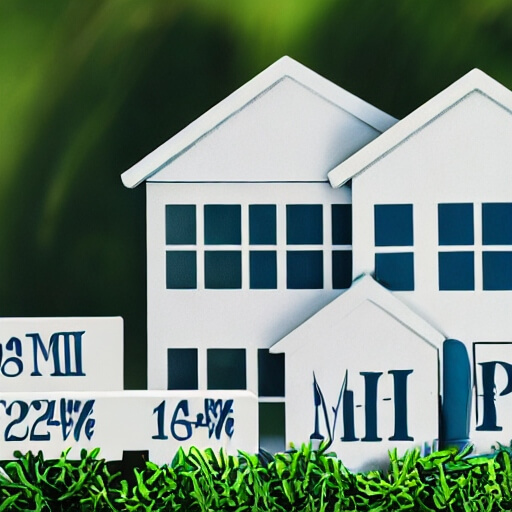Private Mortgage Insurance (PMI) is a financial safeguard for lenders when borrowers make a down payment of less than 20% on a home purchase. While PMI can increase monthly mortgage payments, there are several strategies to reduce or eliminate this additional cost:
Table of Contents
Toggle1. Increase Your Home’s Equity:
Description: The most direct way to reduce PMI is by increasing your home’s equity, reaching the 20% threshold where PMI is no longer required.
Benefits: Paying down the mortgage balance, property value appreciation, or making home improvements can elevate the equity in your home, reducing or eliminating the need for PMI.
Considerations: Building equity takes time and may require additional financial resources for extra mortgage payments or home upgrades.
2. Request PMI Cancellation:
Description: Once your home’s equity reaches 20% or more, you can formally request the cancellation of PMI from your lender.
Benefits: If you’ve reached the equity threshold, your lender must cancel PMI upon request, saving you the additional monthly expense.
Considerations: Some loans have specific criteria or waiting periods before allowing PMI cancellation, so review your loan terms and keep track of your home’s equity.
3. Refinance Your Mortgage:
Description: Refinancing involves taking out a new mortgage to replace your current one, allowing you to potentially eliminate PMI.
Benefits: If your home’s value has increased significantly since the purchase or if you’ve paid down a substantial portion of the loan, refinancing can help remove PMI.
Considerations: Refinancing incurs closing costs and fees, so ensure that the savings from eliminating PMI outweigh these expenses.
4. Make Extra Payments Toward Your Mortgage:
Description: Consistently making extra payments towards your mortgage principal can accelerate the reduction of the loan balance, increasing your home’s equity faster.
Benefits: Paying more than the minimum mortgage amount can expedite the elimination of PMI and reduce the overall interest paid over the life of the loan.
Considerations: Determine whether your loan allows for extra payments without penalties and ensure that your financial situation allows for additional payments.
5. Monitor Property Value and Appreciation:
Description: Keep track of your property’s value and any appreciation over time, as this contributes to increased equity.
Benefits: If your home’s value increases due to market trends or improvements, it can positively impact your equity position, potentially reducing PMI.
Considerations: Property values fluctuate, and appreciation isn’t guaranteed, so it’s essential to have realistic expectations about potential increases in home value.
Conclusion:
Reducing or eliminating PMI requires a combination of financial discipline, monitoring home values, and understanding loan terms. By actively working to increase your home’s equity, staying informed about market trends, and exploring options like mortgage refinancing or extra payments, you can effectively reduce PMI costs and potentially save significant amounts over the life of your loan. Evaluate these strategies based on your financial goals and circumstances to choose the most suitable approach to lower PMI expenses.

